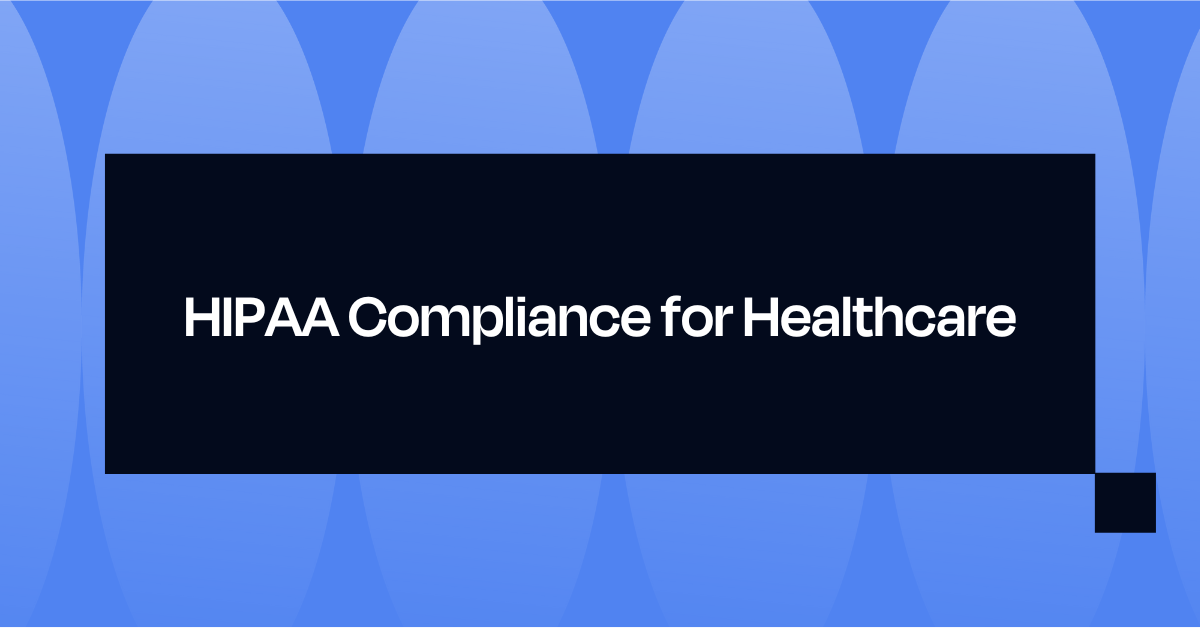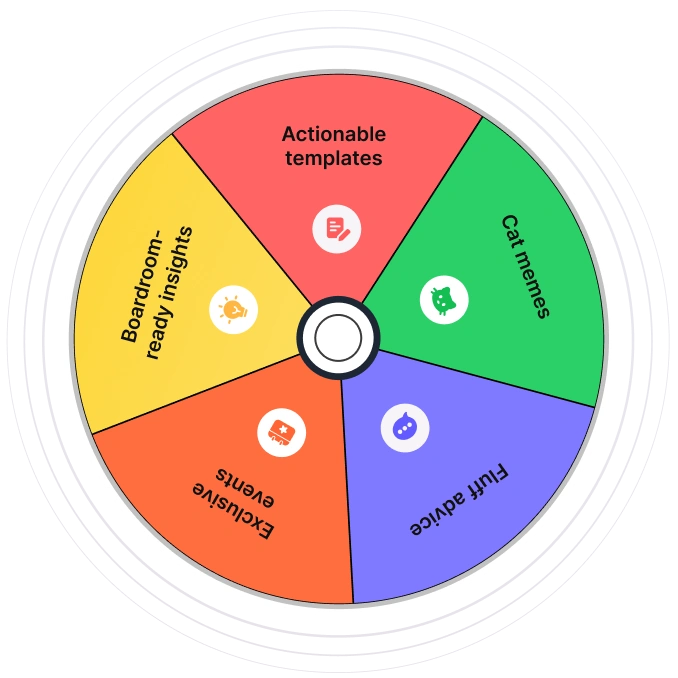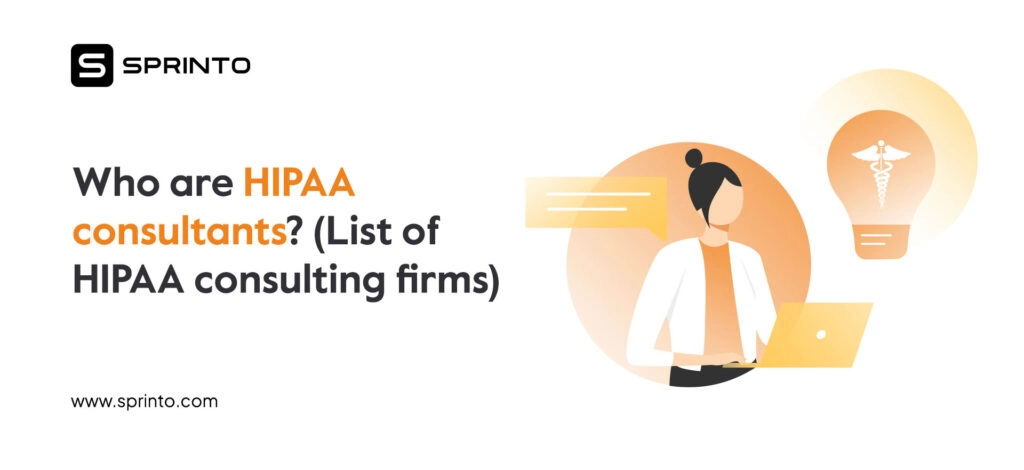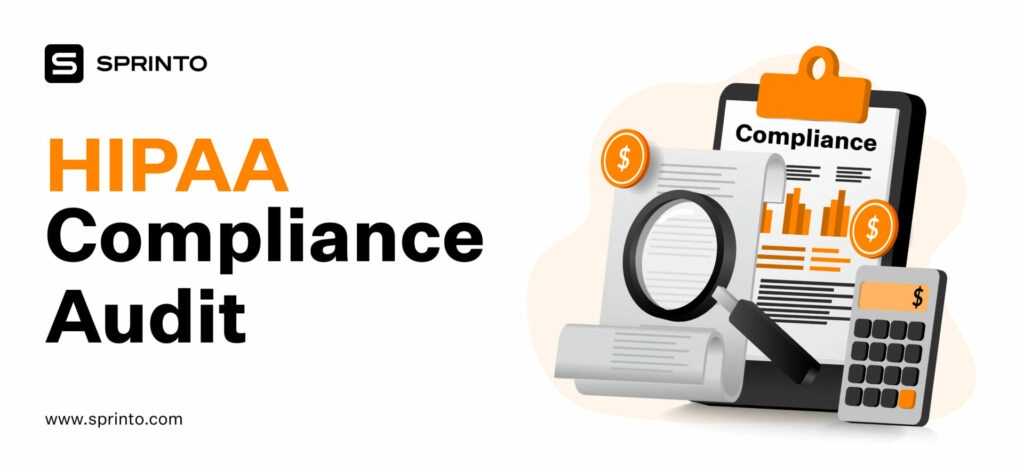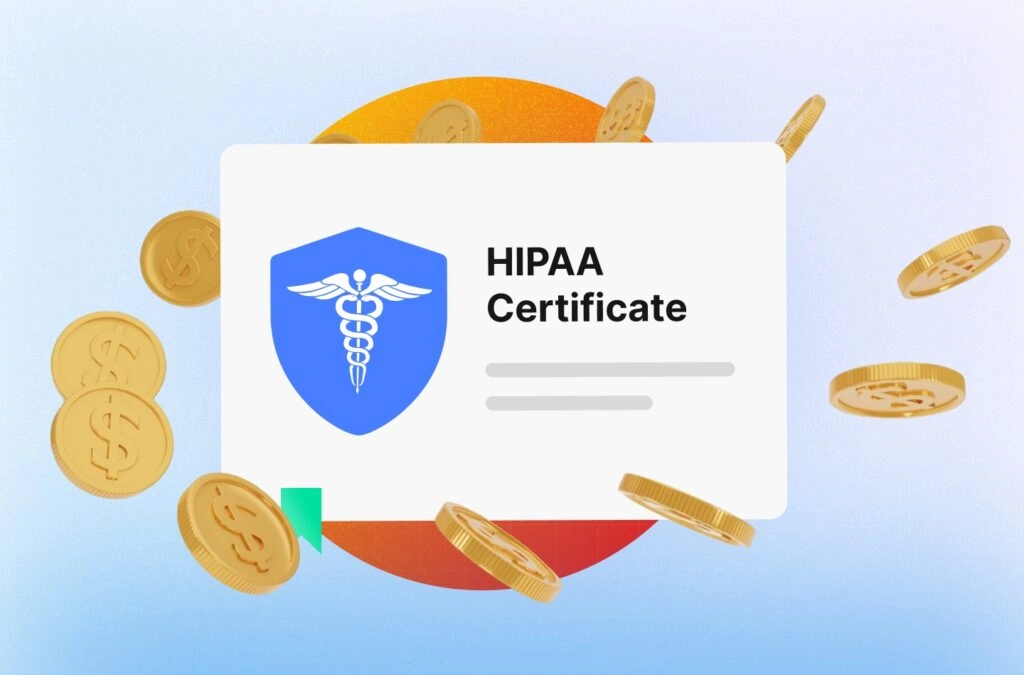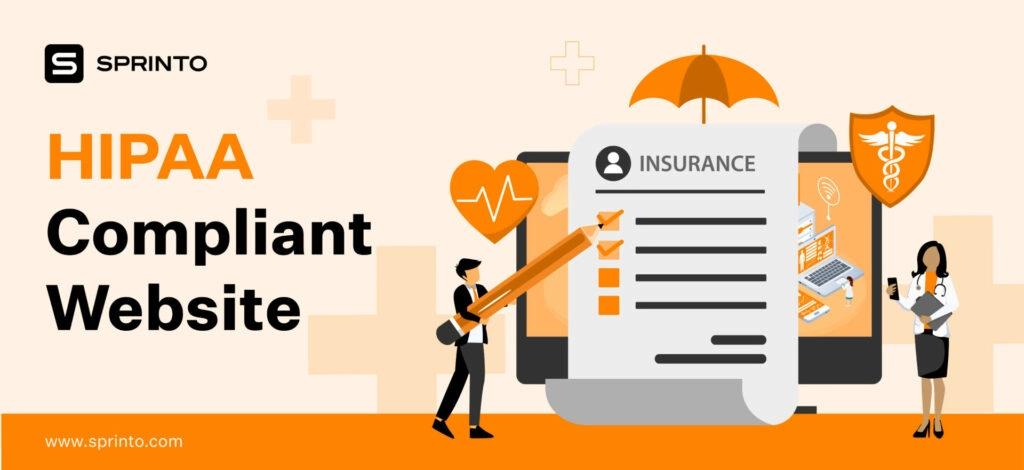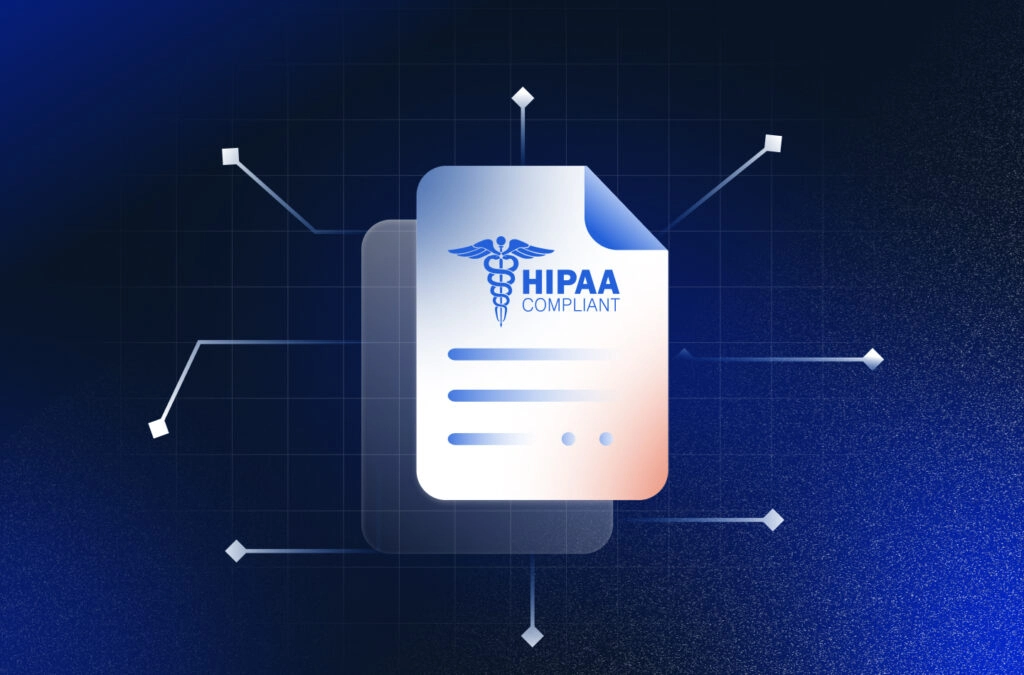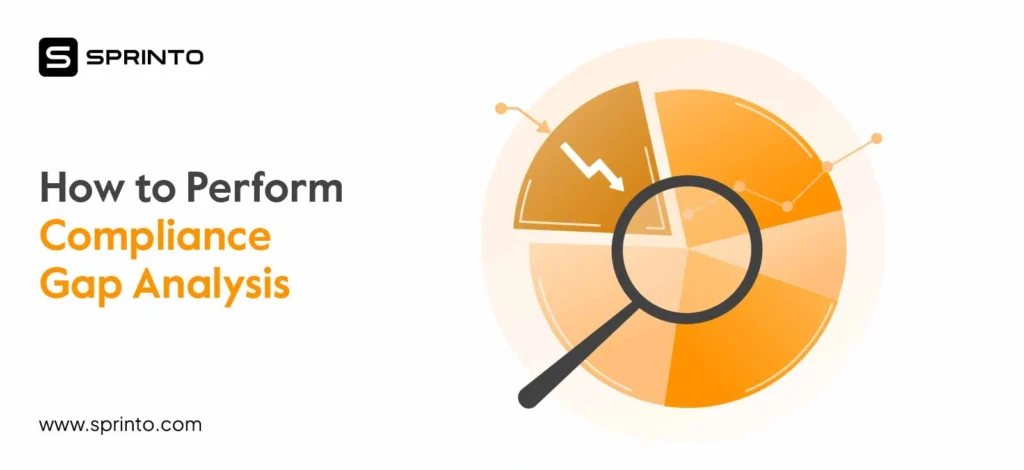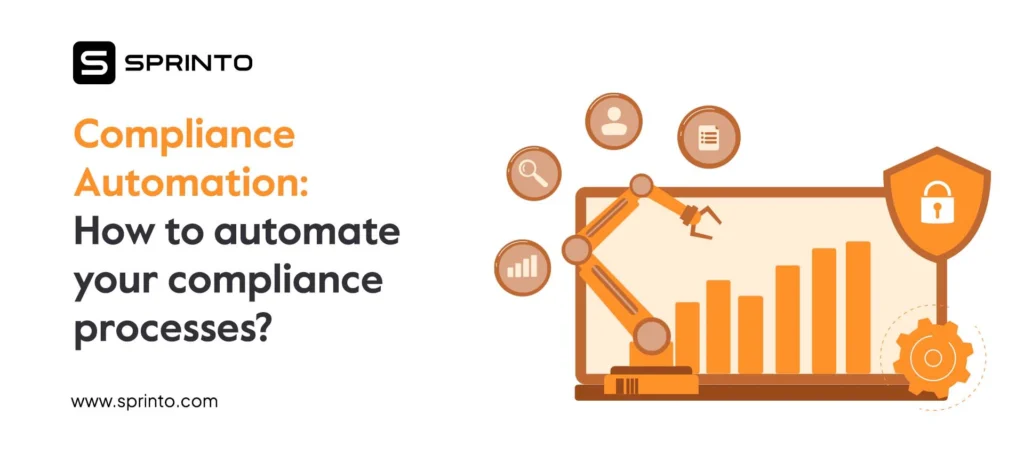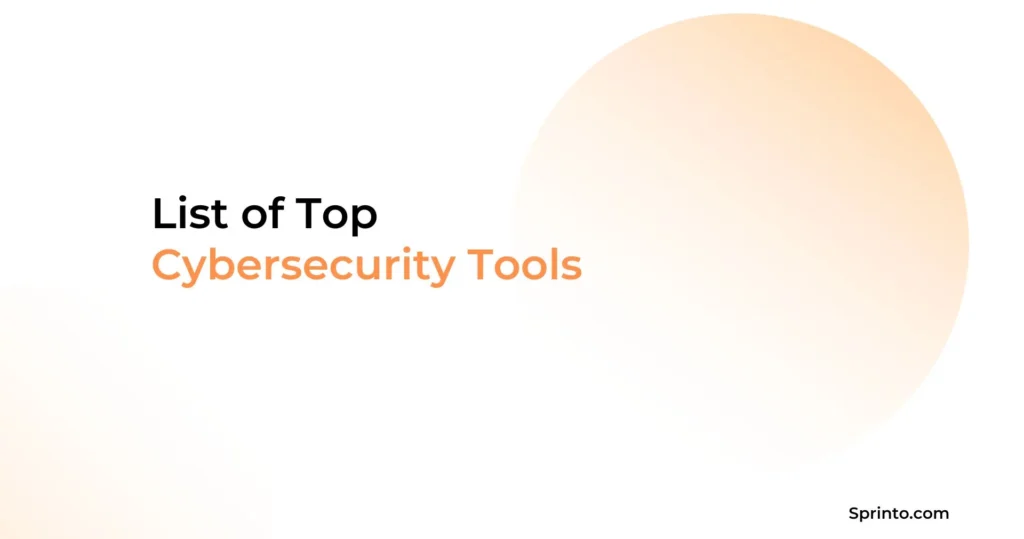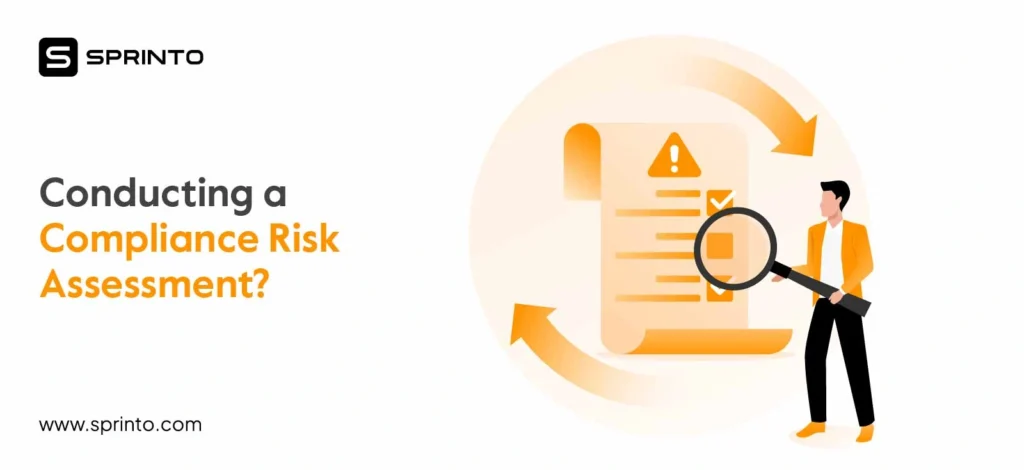In 2024, the healthcare sector experienced a staggering 566 data breaches, exposing over 170 million patient records—a dramatic rise from just 6 million in 2010. While the numbers for 2025 aren’t yet fully known, the trend is clear: patient data is increasingly at risk, and the stakes for healthcare organizations have never been higher.
For companies operating in healthcare—whether providers, medical practices, or healthcare SaaS vendors—being HIPAA compliant is no longer optional. It’s a must-have foundation for protecting sensitive patient information, avoiding costly penalties, and building trust with patients and enterprise clients alike.
This guide breaks down HIPAA for healthcare professionals, from rules and training requirements to practical implementation tips, helping your team stay compliant and secure in a rapidly evolving landscape.
What is HIPAA?
At its core, the Health Insurance Portability and Accountability Act (HIPAA) of 1996 is a U.S. federal law that sets national standards for protecting sensitive patient health information. While it originally aimed to make health insurance more portable and reduce administrative inefficiencies, HIPAA today is best known for its strict privacy and security requirements around Protected Health Information (PHI).
Over time, HIPAA has become the gold standard for healthcare data protection, governing how patient information is accessed, shared, and safeguarded across both clinical and digital ecosystems.
Who does HIPAA apply to?
HIPAA doesn’t apply to everyone in healthcare—but if your organization handles patient data in any capacity, you’re likely covered under one of the following:
- Covered Entities: Healthcare providers, health plans, and clearinghouses that create, transmit, or maintain PHI.
- Business Associates: Vendors or third parties (like SaaS providers, IT companies, or billing partners) that access PHI while delivering services to covered entities.
In short, if you handle, process, or store PHI, even indirectly, you must comply with HIPAA. Even technology vendors and digital health startups must uphold HIPAA standards to ensure patient data remains secure and private.
Breaking down the core HIPAA rules for healthcare professionals
HIPAA compliance is built on four key rules that guide how patient data is handled, protected, and shared. Understanding them helps healthcare teams, IT staff, and SaaS vendors manage data responsibly while avoiding costly penalties. Here are four key rules:
- Privacy Rule: Sets boundaries on how PHI can be used or shared. Patients have rights to access and correct their records, and organizations must follow the minimum necessary standard.
- Security Rule: Focuses on protecting electronic PHI (ePHI) with administrative, physical, and technical safeguards—like encryption, access controls, and regular risk assessments.
- Breach Notification Rule: Requires organizations to notify affected individuals and regulators within 60 days if PHI is compromised, ensuring transparency and accountability.
- Enforcement Rule: Outlines penalties for non-compliance, which can range from fines up to $1.5M per year to criminal charges in cases of willful neglect.
HIPAA Training and Certification: What healthcare professionals need
Even the best policies are only effective if your team knows how to follow them. HIPAA training ensures everyone handling patient data understands their responsibilities and can apply best practices daily.
Who needs training?
Training is mandatory for anyone who comes into contact with PHI, including:
- Clinical staff: Doctors, nurses, and administrative personnel who handle patient records.
- IT professionals: Teams managing Electronic Health Records (EHRs), cloud storage, and healthcare applications.
- SaaS vendors and contractors: Any external partners or service providers who access PHI on behalf of a covered entity.
Certification: Optional but strategic
HIPAA certification is not legally required, but it can offer several advantages:
- Demonstrates a team member’s proficiency and understanding of HIPAA rules.
- Reduces organizational risk by verifying that IT and compliance teams are up to date on security and privacy best practices.
- Helps healthcare SaaS vendors gain trust with clients, as certification signals a mature compliance program.
Popular certification programs include Certified HIPAA Professional (CHP) and Certified HIPAA Security Specialist (CHSS), each tailored for different roles—administrative, technical, or managerial.
Frequency and formats of training
Compliance isn’t a one-time effort; it needs revisions and updates:
- Initial training: Conducted when an employee or contractor joins the organization.
- Annual refreshers: Keep staff updated on evolving regulations, emerging cyber threats, and internal policy changes.
- Role-based training: Tailored modules for clinical staff, IT professionals, or vendors ensure relevance and practical application.
- Delivery formats: Online courses, in-person workshops, and vendor-specific training programs make it scalable and accessible for SMB healthcare teams.
Best practices for effective training
Simply completing training isn’t sufficient. To make sure your compliance program truly works, follow these best practices:
- Interactive and scenario-based learning: Use real-life examples, such as phishing attempts or unauthorized access, to illustrate risks.
- Documentation: Maintain records of all training sessions and certifications to demonstrate compliance during audits.
- Periodic assessments: Short quizzes or tests reinforce learning and identify knowledge gaps.
- Integration with workflows: Link training to actual tasks, such as securely accessing EHRs or managing patient communications.
Sprinto automates HIPAA compliance from policies to audits, helping you stay audit-ready year-round.
👉 Book a demo →
HIPAA Guidelines in Practice: Making Compliance Real
Understanding HIPAA rules is just the first step. The real challenge and benefit comes from putting these rules into daily practice.
Here’s how organizations can translate HIPAA compliance from policy into action:
1. Implement role-based access controls
HIPAA emphasizes the principle of least privilege—only giving access to the PHI that a person truly needs to do their job. Role-based access controls ensure that:
- Clinical staff access only the patient information required for treatment or care coordination.
- IT teams manage systems without unnecessary access to full patient records.
- Administrative staff see only what’s relevant for billing, scheduling, or operations.
2. Encrypt and secure all patient data
Protecting PHI is about more than locking file cabinets. For electronic records, encryption is critical both in transit and at rest. Key practices include:
- Multi-factor authentication for systems handling ePHI.
- Encryption of data during backups and cloud storage.
- Secure physical storage for paper records, including locked cabinets and controlled access areas.
3. Conduct regular audits and risk assessments
HIPAA compliance is dynamic. Regular audits and risk assessments help identify vulnerabilities before they escalate into breaches.
- User access reviews: Ensure only the right people have access to PHI.
- System checks: Patch outdated software, monitor for unauthorized logins, and validate secure configurations.
- Workflow evaluations: Spot practices that might violate HIPAA, like sharing passwords or storing PHI on personal devices.
4. Continuous staff training and monitoring
Even the most secure systems can be compromised if staff aren’t properly trained. HIPAA guidelines stress ongoing education:
- Refresher courses at least once a year.
- Targeted training when new software or workflows are introduced.
- Spot checks and internal audits to reinforce accountability.
5. Integrate HIPAA compliance into technology and SaaS practices
For technology vendors or internal IT teams supporting healthcare operations, compliance must be built in from the start:
- Incorporate secure design principles in applications and APIs.
- Implement proper logging, monitoring, and alert systems for ePHI access.
- Maintain thorough documentation for audits and contractual obligations.
6. Document everything
Documentation is critical for both accountability and audits. Maintain documents for:
- Policies and procedures for handling PHI.
- Training records and staff certifications.
- Audit logs and risk assessment reports.
Download Your HIPAA Compliance Checklist
Penalties for Non-compliance: Understanding the Consequences
Non-compliance with HIPAA regulations can lead to severe financial penalties, reputational damage, and legal repercussions. It’s crucial for healthcare organizations, IT professionals, and SaaS vendors to understand the potential consequences of failing to adhere to HIPAA standards.
Civil Monetary Penalties (CMPs)
The Department of Health and Human Services (HHS) imposes civil monetary penalties based on the level of culpability associated with the violation. The penalty structure is as follows:
| Tier | Culpability Level | Minimum Penalty per Violation | Maximum Penalty per Violation | Annual Cap per Violation |
| 1 | Lack of Knowledge | $141 | $71,162 | $2,134,831 |
| 2 | Reasonable Cause | $1,424 | $71,162 | $2,134,831 |
| 3 | Willful Neglect (Corrected within 30 days) | $14,232 | $71,162 | $2,134,831 |
| 4 | Willful Neglect (Not Corrected within 30 days) | $71,162 | $2,134,831 | $2,134,831 |
Note: These amounts are adjusted annually for inflation.
Criminal Penalties
In addition to civil penalties, criminal penalties may apply for intentional HIPAA violations. These can include:
- Up to 1 year in prison for knowingly obtaining or disclosing PHI without authorization.
- Up to 3 years in prison for offenses committed under false pretenses.
- Up to 10 years in prison for offenses committed with the intent to sell, transfer, or use PHI for commercial advantage, personal gain, or malicious harm.
Real-world Consequences of HIPAA Violations
The U.S. Department of Health and Human Services (HHS) Office for Civil Rights (OCR) actively enforces HIPAA regulations to ensure the protection of patient health information. Recent enforcement actions underscore the serious financial and operational consequences organizations face when failing to comply with HIPAA standards.
1. Phoenix Healthcare – $35,000 Settlement
In March 2024, Phoenix Healthcare, a multi-location nursing care facility in Oklahoma, settled with OCR for $35,000 due to a Right of Access violation. The organization failed to provide timely access to a patient’s medical records, violating the HIPAA Privacy Rule. OCR agreed to a reduced penalty, considering Phoenix Healthcare’s financial hardship, and required the organization to implement corrective actions, including revising policies and procedures related to patient access to health information.
2. Optum Medical Care of New Jersey – $160,000 Settlement
In December 2023, Optum Medical Care of New Jersey settled with OCR for $160,000 over multiple complaints alleging delays in providing patients with timely access to their medical records.
3. Holy Redeemer Family Medicine – $35,581 Settlement
In September 2024, Holy Redeemer Family Medicine in Pennsylvania agreed to pay $35,581 to settle allegations of impermissibly disclosing a patient’s protected health information to a prospective employer without obtaining valid authorization. This violation involved sensitive reproductive health information, highlighting the importance of safeguarding all types of health data.
Automate controls, reduce audit prep, and stay compliant with less effort.
👉 Book a demo →
Simplify HIPAA Compliance with Sprinto
Maintaining HIPAA compliance can be complex, especially for healthcare organizations and SaaS vendors handling patient data. Sprinto helps streamline compliance, reduce manual work, and stay audit-ready. It helps in:
- Automated compliance tracking: Continuously monitors policies and systems for HIPAA alignment.
- Centralized documentation: Stores all policies, training records, and audit evidence in one place.
- Risk assessment & gap analysis: Identifies vulnerabilities and prioritizes remediation efforts.
- Training & certification support: Tracks staff and vendor training to minimize compliance errors.
- Continuous monitoring for tech teams: Ensures cloud environments and access controls meet HIPAA requirements.
| Start your HIPAA compliance journey with Sprinto. Speak to our experts today |
FAQs
All staff, contractors, and vendors who handle Protected Health Information (PHI) need HIPAA training. This includes clinical staff, IT teams managing ePHI, administrative personnel, and SaaS vendors supporting healthcare operations.
HIPAA certification is not legally required, but it demonstrates proficiency and strengthens compliance posture. IT teams managing electronic PHI benefit from certification as it signals expertise and readiness for audits.
HIPAA training teaches staff how to handle patient data securely, covering workflows and responsibilities. It’s usually mandatory for all employees who access PHI. Certification, however, is a formal recognition of expertise and is optional. It’s particularly valuable for IT and compliance teams, signaling proficiency and strengthening an organization’s compliance readiness.
Radhika Sarraf
Radhika Sarraf is a content marketer at Sprinto, where she explores the world of cybersecurity and compliance through storytelling and strategy. With a background in B2B SaaS, she thrives on turning intricate concepts into content that educates, engages, and inspires. When she’s not decoding the nuances of GRC, you’ll likely find her experimenting in the kitchen, planning her next travel adventure, or discovering hidden gems in a new city.
Explore more
research & insights curated to help you earn a seat at the table.



